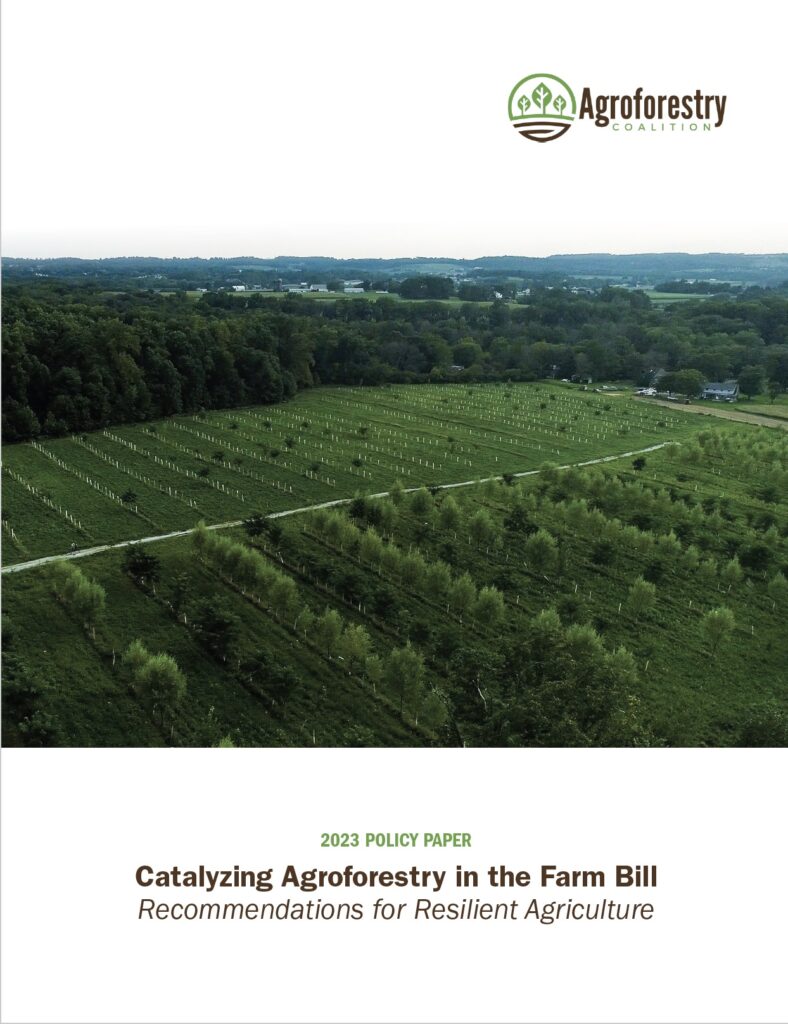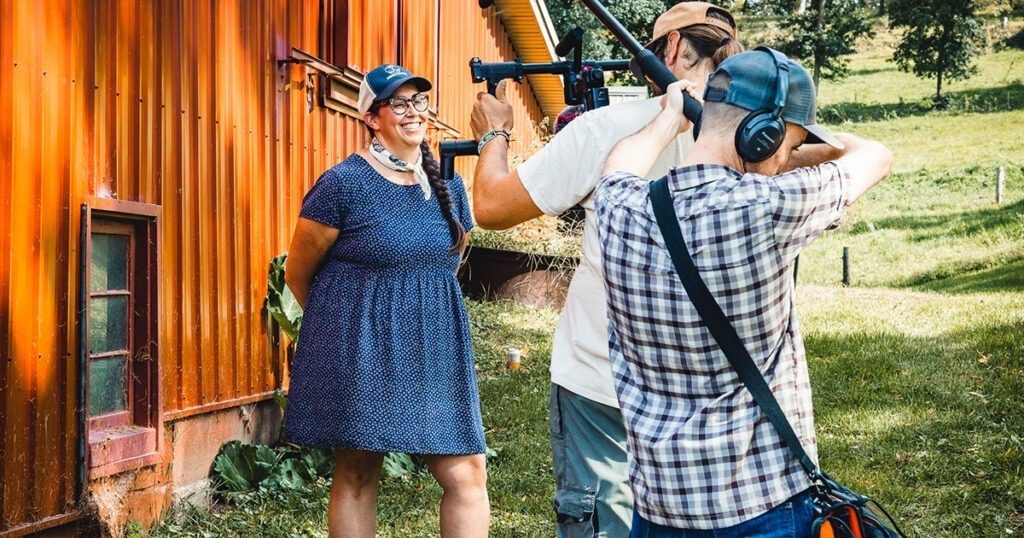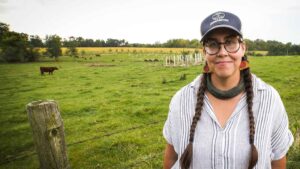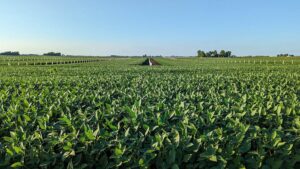Informing public policy for US agriculture
Midwest farmers need more options to be economically viable and resilient in a changing climate. Agroforestry is a good option for farmers and communities for many reasons: trees improve water and soil quality, increase biodiversity, and grow healthy, profitable food. Plus, agroforestry systems typically absorb more greenhouse gasses than they produce, making trees on farms a critical climate solution for the US. We share recommendations to improve federal policy for people practicing agroforestry.
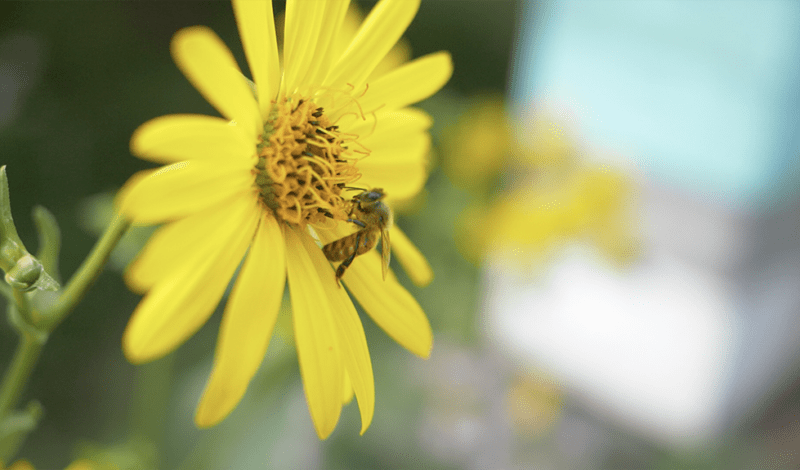

RESOURCE
Agroforestry Coalition 2023 Policy Paper Catalyzing Agroforestry in the Farm Bill: Recommendations for Resilient Agriculture
The Savanna Institute co-published a policy report in collaboration with Carbon180 and several partners in the Agroforestry Coalition, a group of organizations coming together to scale up perennial farming practices. The report outlines ways agroforestry could catalyze resilient agriculture through policy shifts in the upcoming farm bill. The 2023 Policy Paper offers public research for policymakers that want to make informed decisions on agriculture and for press that want to cover the topic.
Press Resources
Find press releases and articles that explain agroforestry concepts to the general public.

